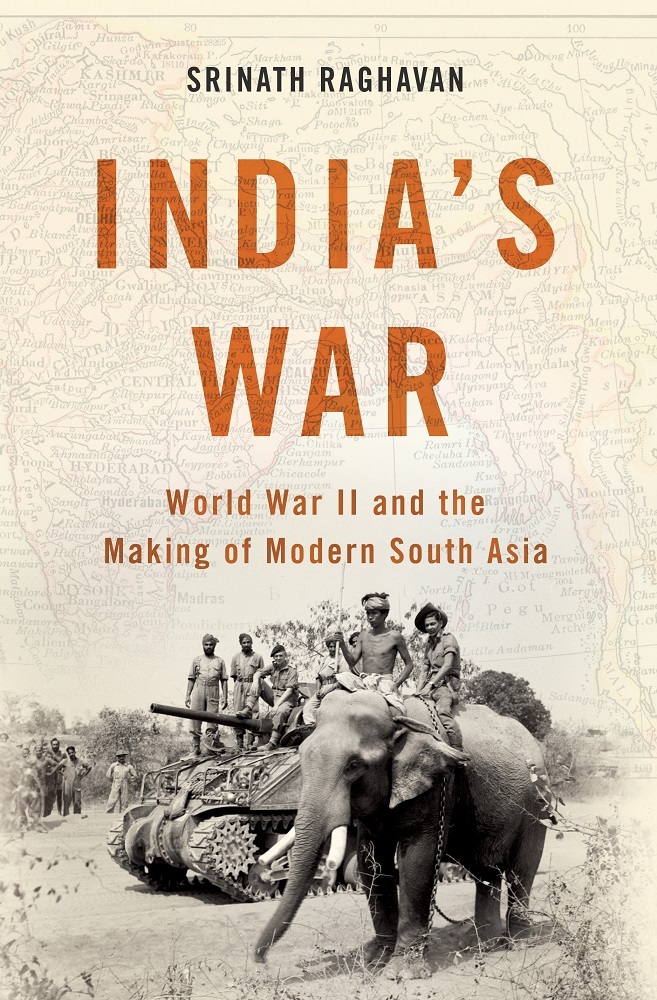What do you think?
Rate this book


592 pages, Hardcover
First published March 31, 2016
Strategic dimensions of warThere is a lot one learns from the narrative, the most important being the dismissive attitude of Western leaders about the capacity of Indians to rule themselves. Churchill’s views are well known:
International dimensions of war
Domestic politics
Socio-economic dimensions
The War itself
I hate Indians, they are beastly people with a beastly religionHitler too had a poor opinion of Indians
If the English give India back her liberty, within twenty years India will have lost her liberty againThe War made strange bed-fellows – the US, China, UK/India ganged up against the rampaging Japanese. Geopolitics changed and now the target of Japan, the US, India, England is a resurgent China.
As long as a cat arches her back, spits and faces the dog in front of her, he will hesitate and sometimes go away: the moment she turns tail she is done for.This prompts the author to add a flippant comment
Such were the zoological assumptions on which the defence of the Far East rested, Little wonder, it failed to survive contact with the enemyThe Japanese campaign is covered exhaustively, but the North African campaign stops at Tobruk and the decisive battle of El Alamein is described after many chapters – the thread of the narrative is lost.
found Jinnah ‘dishonest’: ‘the British make use of people like this – but it’s not true that Hindus and Muslims can’t get on’Nobel Laureate Pearl S. Buck, in a gloomy letter to Eleanor Roosevelt, wrote
Jinnah, in particular, was a ‘demagogue of the most dangerous type’. He had no love for his country and was the ‘perfect tool for the Axis’.George Orwell contributed as a BBC announcer. Here is a surprisingly prejudiced aspect of the author of 1984 and Animal Farm
The failure of Cripps’ mission, in fact, brought out Orwell’s submerged prejudices. He noted with approval Wintringham’s observation that ‘in practice the majority of Indians are inferior to Europeans, and one can’t help feeling this and, after a while, acting accordingly.And again
Yet Orwell held that Indian nationalism was racist and xenophobic. ‘Most Indians who are politically conscious hate Britain so much’, Orwell patronizingly claimed, ‘that they have ceased to bother about the consequences of an Axis victory.’Here is a staccato account of the evacuation of Madras in anticipation of Japanese bombing:
Hundreds of tanks came out in procession. Thousands of small explosions occurred. Bomb trenches were dug. Visiting the beach after 6 pm was prohibited. Wild animals in the Zoo were shot. Chinese restaurants opened. Dancing halls proliferated. Talcum powder became costlier… Use of electricity was restrictedA fallout of wartime shortages
Another lasting culinary consequence of the war was the rava idli - a variant of the staple south Indian breakfast that substituted semolina for the increasingly scarce riceSuch scattered nuggets make the, at times, turgid reading with statistics, tables and graphs, entertaining.
As the tanks burst away down the road to Rangoon … (they) took possession of a the empire we built … Twenty races, a dozen religions, a score of languages passed in those trucks and tanjks. When my great-great-grandfather first went to India there had been as many nations: now there was one - India